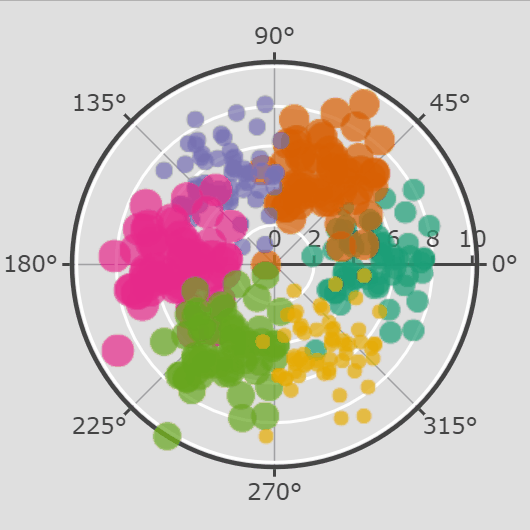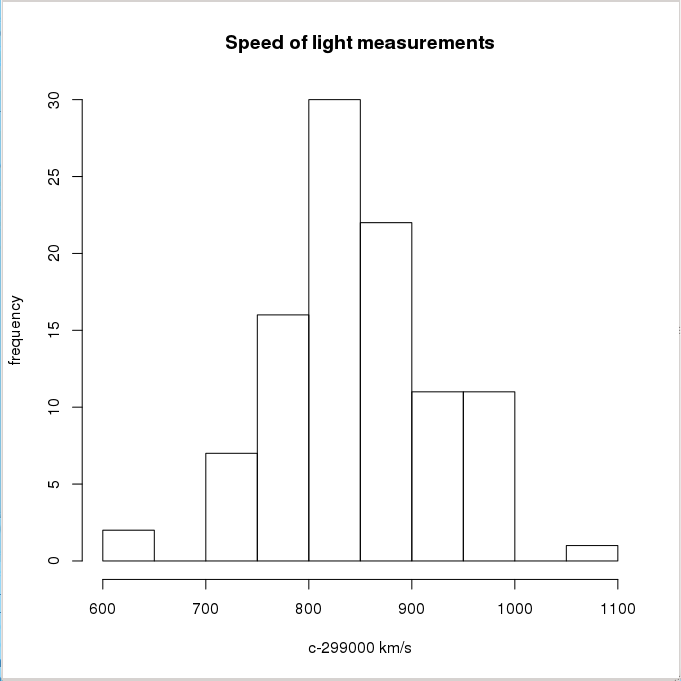

Adjust the position of the labels by using hjust (horizontal justification) and vjust (vertical justification).

#Add frequency axis to rose diagram r code
The R code below creates a bar plot visualizing the number of elements in each category of diamonds cut. The column cut contains the quality of the diamonds cut (Fair, Good, Very Good, Premium, Ideal). Contains the prices and other attributes of almost 54000 diamonds. Key arguments: alpha, color, fill, linetype and sizeĭemo data set: diamonds.

Plot types: Bar plot of the count of group levels.Bar plot and modern alternatives, including lollipop charts and cleveland’s dot plots.Density ridgeline plots, which are useful for visualizing changes in distributions, of a continuous variable, over time or space.other alternatives, such as frequency polygon, area plots, dot plots, box plots, Empirical cumulative distribution function (ECDF) and Quantile-quantile plot (QQ plots).Visualize the distribution of a continuous variable using:.Visualize the frequency distribution of a categorical variable using bar plots, dot charts and pie charts.In this R graphics tutorial, you’ll learn how to: For continuous variable, you can visualize the distribution of the variable using density plots, histograms and alternatives.You can visualize the count of categories using a bar plot or using a pie chart to show the proportion of each category. For categorical variables (or grouping variables).The circular graph is good if you're comparing data by hours, but if you also want to compare differences in occur variable, think it's better to show in old fashion bar graphs.To visualize one variable, the type of graphs to use depends on the type of the variable: You can try separate graphs using facet (it's better to play with colors afterwards :)) p+facet_grid(~occur)+ theme( = theme_blank(), Here some cases have only 1 colors, but it's due to the scaling issues, as some have time near 24 hours, while others are in seconds only. Scale_fill_brewer()+coord_polar(start=0)+ Geom_bar(breaks = seq(0,24), width = 2, colour="grey",stat = "identity") + X$tt<-hours(times(x$time))*3600+minutes(times(x$time))*60+seconds(times(x$time))Īnd make a graph: p<-ggplot(x, aes(x = hour, y=tt,fill = occur)) + Thank you!Ĭonvert your time value to numeric (I used chron package, but there are numerous other ways, so you don't have to call this library, but it's just to make it more straighforward): library(chron) What I'm doing wrong? I want something like this Scale_fill_brewer() + scale_x_continuous("", limits = c(0, 24), breaks = seq(0, 24), labels = seq(0, So I tried in this way but the result doesn't match with what I want: ggplot(dt, aes(x = hour, fill = occur)) + geom_histogram(breaks = seq(0,Ģ4), width = 2, colour = "grey") + coord_polar(start = 0) + theme_minimal() + The column hour indicates the x position of each rose. I want to create a circular time with stacked rose based on the data frame, ie, each stacked rose are grouped by column occur, and the size is defined by column time. I have a data frame imported in excel with the following values: > dt dt


 0 kommentar(er)
0 kommentar(er)
